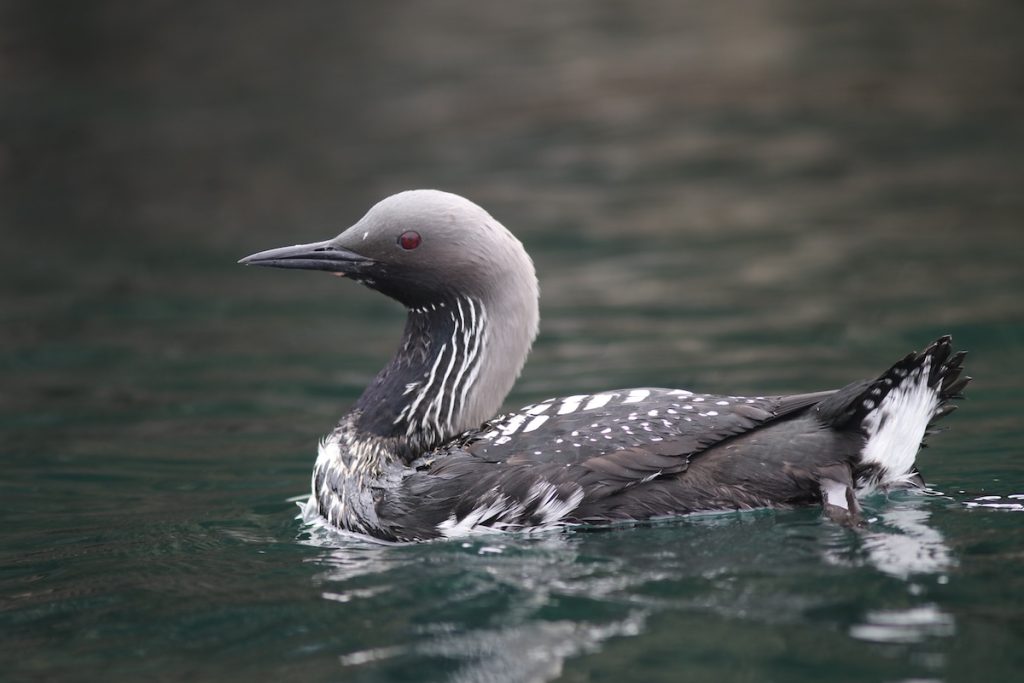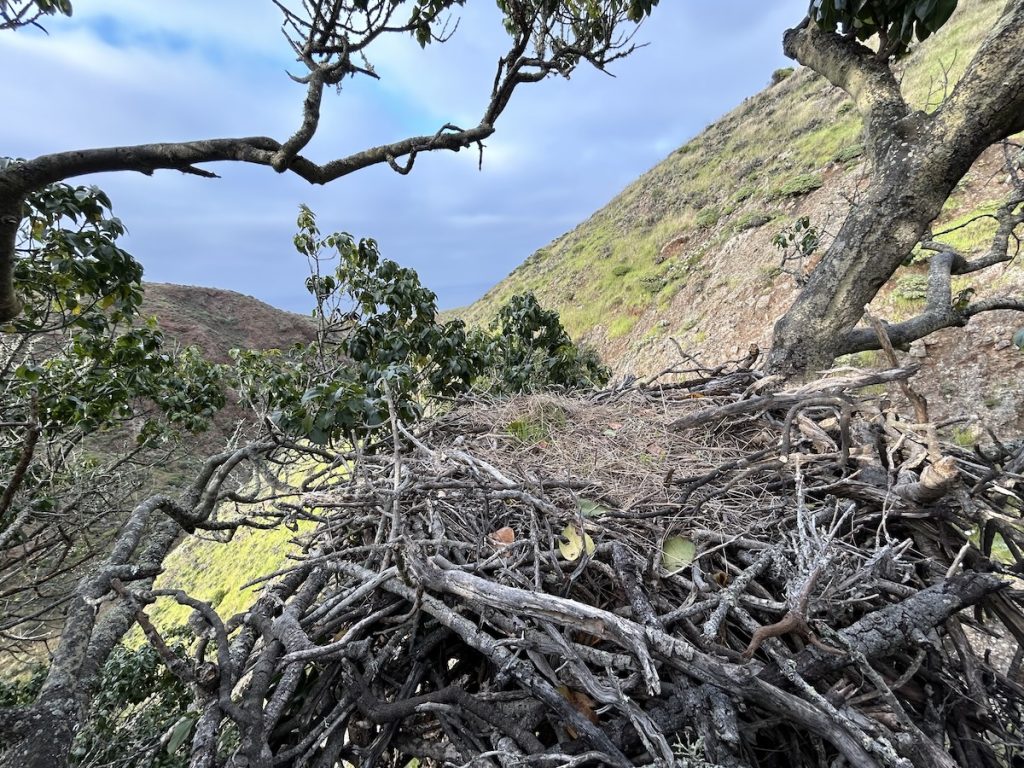It Began with a Loon

The Channel Islands National Park has always been a haven for migratory birds needing a rest, especially during and following big windstorms. From my kayak, I’m always keeping an eye out for any seafaring feathers that might be out of the ordinary.
Seabirds like Pacific loons are on my radar come spring, big northwest winds and the islands aiding in the possibilities. Feathered in pelagic elegance, there may not be a more handsome or beautiful seabird in the ocean realm. So, on the very rare occasion I see one, I want to spend as much time with it as I can.
However, we’re talking about the islands here. There’s lots of distractions in terms of flora and fauna, as I’ll try to be in more than just one place at the same time. This most recent Pacific loon sighting was a case in point.
After Hours

A month ago, the Island Packers ferry had left Scorpion Anchorage on Santa Cruz Island for the day, and once again silence reigned supreme in the anchorage. The ocean gently lapped against the wave-battered cobble, and California brown pelicans skillfully skimmed above the surface of the shimmering cove.
I pushed my kayak into the crystal-clear waters and paddled steadily toward Scorpion Rock and Little Scorpion Anchorage to the east. The Pacific loon had been in the area for several days, but wildlife is on its own schedule, and there were no guarantees. Fortunately, it remained as it dove repeatedly for fish across a consistent sandbar.
West of me, another kayaker approached. It was Zack Yates. A fellow kayak guide, we’ve done some backpacking and paddling trips together, and he was reading my mind. There was more going on then just the lone Pacific loon. Yates had two drybags with him. He had grabbed my trail shoes. We were paddling over to a side-canyon the guides call Boy Scout Canyon.
There is no beach to land on. We had to go from the kayaks to scrambling up a steep cliff to where a freshwater creek spilled into the ocean. We also had to secure our kayaks at the same time. Leaning on handholds, the rock is crumbly and breaks away easily. We had to be sure, and with a camera slung over my shoulder, every handhold and foot placement could’ve been the one that failed me leading to a kerplunk into the ocean.
Canyon Nirvana

Rock-hopping up Boy Scout Canyon was an utter joy. Water still flowed steadily after several late winter storms, and the canyon was filled with blooming island flora and incessant birdsong.
Golden yarrow, Menzie’s goldenbush, blue dicks, sticky monkey-flower, hairy fetch, and Santa Cruz Island liveforever brightened the craggy canyon, magically germinating right out of the volcanic rock. Spotted towhees, ravens, song sparrows, and Bewick’s wren sounded off, but it was two other species that captivated us, one so delicate, and the other famously majestic.
Yates was leading the way and walked right into an Allen’s hummingbird nest. He ducked at the last minute, missing the nest, but the female took off. Two tiny white eggs rested inside the tightly wound nest attached to a spindly Island hazardia plant. We concealed ourselves across from the nest, making sure she returned. Several minutes passed, but then we heard her hums directly overhead as she landed in her nest.
We kept moving up the steep canyon, and then quickly scrambled up a steep and narrow side canyon toward the southeast. Yates had been here before, thinking he may have found a nest belonging to bald eagle A-03 – also known as Theos – and Theos’ mystery gal claiming Scorpion Anchorage for their own.
Island Eagles
Since 2021 there’s been consistent bald eagle sightings in and around Scorpion Anchorage. Theos has been seen consistently over the last three years, but he and his mate have not been successful having a clutch of eggs. They’ve been together for a few years, but after unsuccessful attempts, they may have split up.
However, their nest is large and sturdy. It’s lodged in the thick fork of a towering island cherry tree about 60 feet off a narrow ravine. Yates and I couldn’t help ourselves and managed to climb to the nest. It had been used. It was padded down, but there were no egg shells, or any signs of fish or seabird bones. The view of the ocean was stellar.
Theos is still around. He’s roughly seven years old. He’s strong and bold. Soon he’ll find the right mate. Scorpion Anchorage is his territory, and it’s always a joy watching him fly over Scorpion Rock to antagonize the legion of western gulls.
Yates and I scrambled back down the canyon, and nimbly returned to our kayaks wedged in the volcanic crags. Right when we hit the water, Theos soared overhead sending all seabirds into a frenzy. It’s a sight to behold, and one I’ve become accustomed to.







You must be logged in to post a comment.